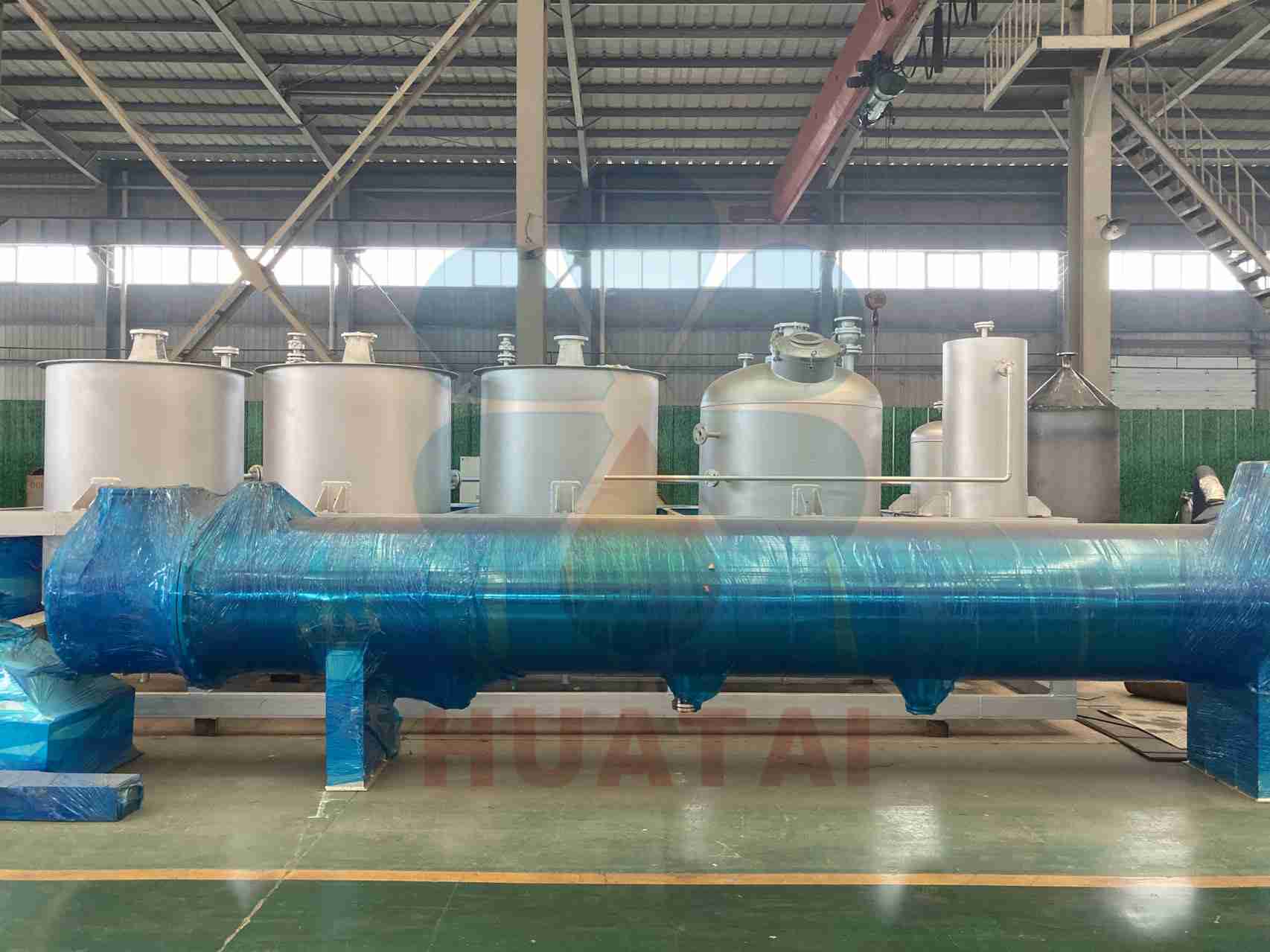Palm oil is a kind of tropical woody plant oil, is the world's largest production, consumption and international trade of vegetable oil varieties, with soybean oil, rapeseed oil and known as the "world's three major vegetable oils", palm oil by the oil palm tree on the palm fruit pressed from the pulp and kernel output of palm oil and palm kernel oil, the traditional concept of palm oil only contains the former. Palm oil contains only the former. Palm oil is refined and fractionated to obtain products with different melting points, which have a wide range of uses in the catering, food and oleochemical industries. Southeast Asia and Africa, as the main palm oil producing regions, account for about 88% of the world's total palm oil production, with Indonesia, Malaysia and Nigeria being the world's top three producers. China has become the world's top palm oil importer, palm oil consumption is about 6 million tons per year, accounting for 20% of the total market.
Palm oil refining process, oil refining is to remove various impurities to reach the finished edible oil standard. The palm oil refining process is: crude palm oil - filtration - degumming - neutralization - decolorization - deodorization. Add water to complete hydration and degumming, add alkali to complete neutralization or add water vapor to complete distillation and deacidification, add adsorbent activated lime or activated carbon to complete refining and decolorization, high temperature and negative pressure to complete refining and deodorization, and at the same time remove low-boiling point volatile matter that easily produces oil smoke.

The first step in crude palm oil processing is the degumming and neutralization process, which removes gum and other sticky substances by adding phosphoric acid. The main purpose of degumming is to remove phospholipids from palm crude oil. Generally, there are two different types of phospholipids in crude oil: hydrolyzable phospholipids, which are degummed by hydrolysis; and non-hydrolyzable phospholipids, which are degummed by phosphoric acid. First, the crude oil is stored in a buffer tank and then passed through a heat exchanger to increase the temperature. The process is that phosphoric acid is stored in a small tank. Mix a certain amount of phosphoric acid with crude oil. The amount of phosphoric acid added depends on the gel concentration and the type of oil being refined. The next stage of the process is to mix the oil, acid and process hot water in a degumming tank. As a result, glue and oil are separated here. When the liquid enters the separator, the colloidal particles break away from the oil and are separated into a waste stream. The degummed oil enters a vacuum dryer to extract moisture until the required concentration of finished oil is reached.